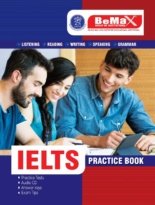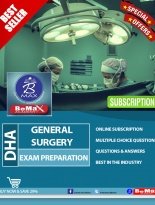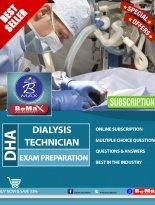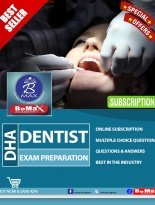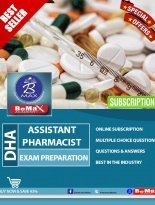IELTS Listening is the first test of listening, reading, writing examination. Listening consists of four sections. All the IELTS listening topics are of general interest and it makes no difference what subjects candidates are planning to study or what work intends to do. There are 40 questions altogether, each question carries 1 mark. The test is recorded on a CD and is played once only. Listening test is 30 minutes long plus 10 minutes to transfer answers to the answer sheet. During the test, time is given to read the questions, write down and check the answers. Candidate can write the answers in capital letter or small letter. Scores are calculated by the number of points got correct; there are no negative marks for the wrong answers. Candidates must have correct spelling to get a point and have the answer marked correct. IELTS is an international test. There will be a range of accent but the main accents will probably be British and American. IELTS accept both British and American spelling.
Both Academic and general training students take the same listening and the test is marked in the same way. The sections get more difficult as the test progress. This means section 1 is the easiest and section 4 is the most difficult. While listening to the recording answers need to be written in the question booklet next to the question they belong to. At the end of the test, answers need to be transferred to the answer sheet. Candidate should write the answers with a pencil not with a pen.
Instructions to the candidates for the actual test
- Do not open the question booklet until asked to do so.
- Write the name and candidate number in the space given at the top of the answer sheet.
- Listen to the instructions for each section carefully
- Answer all the questions there is no negative marks for the wrong answers
- While listening write all the answers to the question booklet
- Write neatly , handwriting should be legible
- Should not copy answers to the answer sheet during the time they are given before each section begins. This time is to concentrate on reading questions about the next section that is about to begin. It is time to read and understand what is coming.
- Highlight key words such as names, places which would help to identify the answers easily.
- For tables listen carefully for the years or other information.
- Read the instructions carefully and do not write more words than instructed.
- Candidates will need to multi task. This means they must be able to read the questions, listen for the answer and write down words all at the same time.
- Check the number of words can have for the answer. Each time question type changes, the number of words for the answer might change too.
- Check that the answer fits in the space grammatically.

Question types
- The different types of questions are
- Multiple choice
- Short answer questions
- Sentence completion
- Notes/ summery/ diagram/ flow chart/ table completion.
- Labeling a diagram which has numbered parts
- Classification
- Matching
Types of conversation
Section 1
It is a conversation between two people set in an everyday context, such as a conversation in an accommodation agency, things as making booking, conversation about travel arrangements, booking accommodation or decision on a night out, organizing a place, booking a table at a restaurant or renting an apartment. Candidates often to have listen to things such as names of people, streets, organizations, times, dates or numbers.
Section 2
Section 2 is a monologue set in an everyday social context, like a speech about student services on a University campus, arrangements for meals during a conference or speech about local families or sometimes a talk from a guide. Candidates might hear information about a building, a resort, a company a charity etc.
Section 3
It is a conversation between up to four people set in an educational or training context. For instance a conversation between university tutor and students on assignment or between students planning a research project or academic discussion.
Section 4
A monologue on an academic subject. for example a University Lecture.
The first two sections are concerned with situations related more closely to educational or training context.





